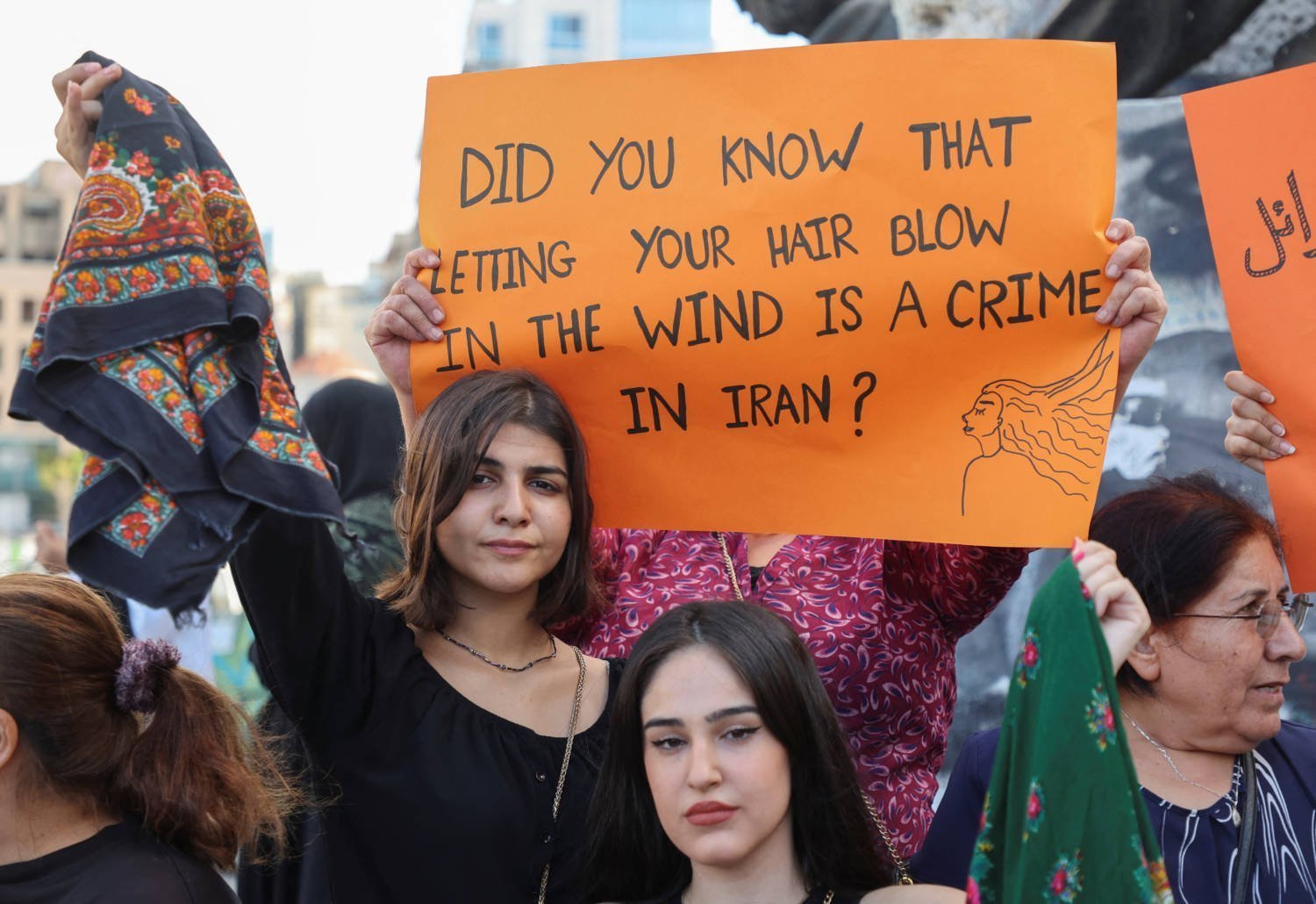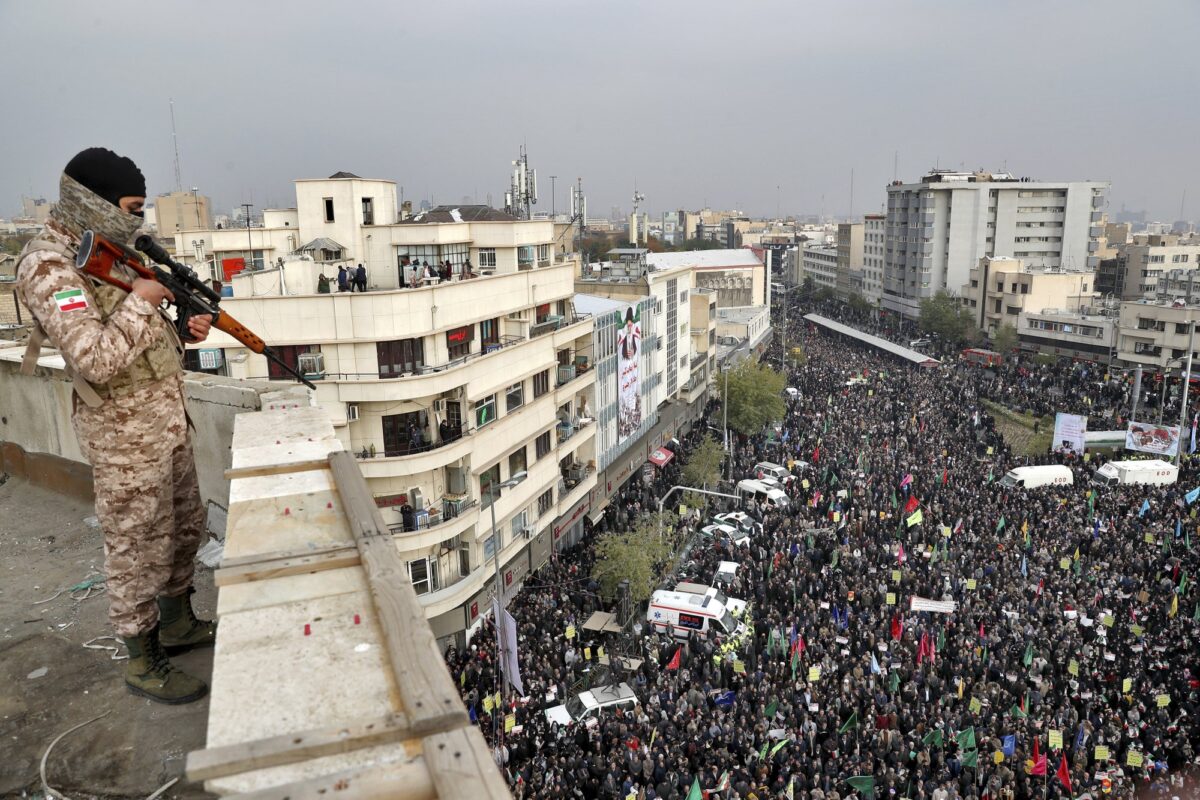Political Landscape and Governance

Iran’s political system is a complex blend of religious and secular elements, characterized by a unique blend of democracy and theocracy. The Islamic Republic, established after the 1979 revolution, has a system of governance that reflects the country’s deep-rooted religious beliefs and historical experiences.
Key Institutions and Figures
The Iranian political system is structured around several key institutions, each playing a crucial role in shaping the country’s policies and direction. These institutions are intricately intertwined and operate within a framework defined by the Constitution of the Islamic Republic of Iran.
- Supreme Leader: The Supreme Leader is the highest authority in Iran, holding significant power over the country’s political, military, and religious affairs. The current Supreme Leader, Ayatollah Ali Khamenei, has held this position since 1989. He is responsible for appointing key figures, including the President, the Chief Justice, and the members of the Guardian Council. The Supreme Leader also has the authority to interpret the Constitution and issue fatwas (religious rulings). He is the commander-in-chief of the armed forces and oversees the country’s nuclear program.
- President: The President is elected by the people for a four-year term. While the President is responsible for the day-to-day running of the government, their powers are limited by the Supreme Leader and the Guardian Council. The current President, Ebrahim Raisi, assumed office in 2021. The President is responsible for proposing legislation, overseeing the economy, and managing foreign relations.
- Parliament (Majlis): The Parliament is a unicameral legislature with 290 members elected by the people for four-year terms. The Parliament has the power to approve legislation, pass budgets, and oversee the government. The Guardian Council, a body appointed by the Supreme Leader, reviews all legislation passed by the Parliament to ensure its compatibility with Islamic law and the Constitution.
- Guardian Council: The Guardian Council is a 12-member body composed of six jurists appointed by the Supreme Leader and six lawyers elected by the Parliament. This body plays a crucial role in vetting candidates for elections, ensuring their adherence to Islamic principles. It also reviews legislation passed by the Parliament to ensure its conformity with the Constitution and Islamic law.
- Expediency Council: The Expediency Council is an advisory body established to resolve disputes between the Parliament and the Guardian Council. It is chaired by the Supreme Leader and composed of experts in various fields. The Council provides guidance on issues of national importance and can propose legislation when the Parliament and the Guardian Council fail to reach an agreement.
Role of the Supreme Leader and the President
The Supreme Leader and the President are the two most prominent figures in Iran’s political system, each holding significant but distinct powers.
- Supreme Leader: The Supreme Leader holds ultimate authority over the country, with a wide range of powers that extend to political, military, and religious matters. He is the final arbiter on all issues, including the interpretation of the Constitution and Islamic law. The Supreme Leader appoints key figures, such as the President, the Chief Justice, and the members of the Guardian Council. He also has the power to dismiss these individuals. The Supreme Leader is the commander-in-chief of the armed forces and has ultimate control over the country’s nuclear program. He is responsible for ensuring the Islamic Republic’s policies align with Islamic principles.
- President: The President is responsible for the day-to-day running of the government, including overseeing the economy, managing foreign relations, and proposing legislation. However, the President’s powers are limited by the Supreme Leader and the Guardian Council. The President’s role is primarily administrative and executive, focused on implementing the policies determined by the Supreme Leader and the Guardian Council.
Political Factions and their Influence
Iran’s political landscape is characterized by a variety of factions, each representing different ideologies and interests. These factions often compete for influence within the political system, shaping policy decisions and influencing the direction of the country.
- Principlists: The Principlists are a broad coalition of conservative factions that generally support the Islamic Republic’s founding principles and the role of the clergy in governance. They advocate for a strong religious and moral framework for society and emphasize national security and economic self-reliance. The Principlists hold significant influence in the Parliament, the Guardian Council, and the judiciary. They tend to be more supportive of a strong role for the Supreme Leader and are generally more skeptical of foreign engagement.
- Reformists: The Reformists are a group of politicians who advocate for greater political and social freedoms, including greater civil liberties, increased transparency, and a more open economy. They tend to be more supportive of engagement with the international community and are generally more critical of the current system’s limitations. The Reformists have historically been more active in promoting dialogue with the West and pursuing economic reforms.
- Moderates: The Moderates are a group of politicians who generally share the Reformists’ desire for greater social and political freedoms but are more cautious in their approach. They often act as a bridge between the Reformists and the Principlists, seeking to find common ground and promote consensus. The Moderates tend to be more pragmatic in their approach to foreign policy and economic development, seeking to balance the interests of the Islamic Republic with the need for international cooperation.
Impact of International Sanctions, News iran
International sanctions have had a significant impact on Iran’s political and economic landscape. The sanctions, imposed by the United States and other countries, target Iran’s nuclear program, its support for terrorism, and its human rights record. These sanctions have restricted Iran’s access to global markets, limited its ability to trade, and hindered its economic growth.
- Economic Impact: The sanctions have had a significant negative impact on Iran’s economy. They have limited access to foreign investment, reduced exports, and increased inflation. The sanctions have also made it difficult for Iran to access essential goods and services, including medicine and medical equipment. The economic hardship caused by the sanctions has contributed to social unrest and discontent among the population.
- Political Impact: The sanctions have also had a significant impact on Iran’s political landscape. They have strengthened the position of hardliners who argue for a more assertive stance against the West. The sanctions have also led to increased tensions between Iran and the United States, making it more difficult to find common ground on issues of mutual concern. The sanctions have also been used by the Iranian government to justify its restrictions on freedom of expression and assembly, arguing that they are necessary to protect the country from external threats.
Economic Situation and Challenges

Iran’s economy is a mixed economy with a significant state presence. While the country possesses substantial oil and gas reserves, it faces economic challenges stemming from international sanctions, political instability, and internal economic policies.
Major Industries and Sectors
Iran’s economy is heavily reliant on the oil and gas sector, which contributes significantly to its GDP and export earnings. The country is the world’s fourth-largest oil producer and holds the second-largest natural gas reserves. Other major industries include:
- Manufacturing: Iran has a diverse manufacturing sector, including industries such as automotive, petrochemicals, textiles, and food processing.
- Agriculture: Agriculture plays a significant role in the Iranian economy, employing a large portion of the workforce. Key agricultural products include fruits, vegetables, grains, and livestock.
- Tourism: Iran boasts a rich cultural heritage and historical sites, attracting tourists from around the world. Tourism has the potential to become a major economic driver, but its growth has been hampered by political and security concerns.
Challenges Facing the Iranian Economy
The Iranian economy faces a number of significant challenges, including:
- Inflation: Iran has experienced high inflation rates in recent years, driven by factors such as currency depreciation and government spending.
- Unemployment: Unemployment is a persistent problem in Iran, particularly among young people and skilled professionals. This is partly attributed to economic sanctions and slow economic growth.
- Currency Fluctuations: The Iranian Rial has experienced significant fluctuations in value, making it difficult for businesses to plan and invest.
- International Sanctions: International sanctions imposed on Iran have had a severe impact on its economy, limiting its access to global markets and financial institutions. These sanctions have restricted Iran’s ability to export oil and import essential goods, leading to shortages and price increases.
Impact of International Sanctions, News iran
International sanctions have significantly impacted Iran’s economic growth and development. The sanctions have:
- Reduced oil exports: Sanctions have limited Iran’s ability to export oil, its primary source of foreign currency. This has led to a decline in government revenue and a weakening of the Rial.
- Hindered foreign investment: Sanctions have discouraged foreign investment in Iran, making it difficult for the country to access the capital needed for economic development.
- Limited access to technology: Sanctions have restricted Iran’s access to advanced technologies, hindering its ability to modernize its industries and improve productivity.
Potential Solutions and Strategies
Addressing Iran’s economic challenges requires a multifaceted approach, including:
- Diversification of the economy: Iran needs to reduce its reliance on oil and gas by promoting other sectors, such as manufacturing, agriculture, and tourism. This can be achieved by attracting foreign investment, improving infrastructure, and providing incentives to businesses.
- Improving economic governance: Addressing corruption, promoting transparency, and strengthening institutions are crucial for creating a more stable and predictable business environment.
- Negotiating a lifting of sanctions: Easing sanctions would allow Iran to access global markets and financial institutions, boosting its economy and providing much-needed relief.
- Investing in human capital: Improving education and skills training can enhance productivity and create a more competitive workforce.
- Promoting entrepreneurship: Creating a supportive environment for small and medium-sized enterprises (SMEs) can foster innovation and job creation.
Social Issues and Cultural Trends: News Iran

Iran’s social and cultural landscape is a complex tapestry woven with threads of tradition, modernity, and evolving societal values. The country’s demographics, religious beliefs, and historical experiences have shaped its unique social fabric. This section delves into the intricacies of Iranian society, exploring the impact of technology, the roles of women and minorities, and emerging trends that are shaping the nation’s future.
Social Media and Technology
Social media and technology have had a profound impact on Iranian society, particularly among the younger generation. The widespread use of social media platforms like Instagram, Telegram, and Twitter has facilitated the sharing of information, ideas, and cultural expressions. These platforms have also become a vital tool for political activism and dissent, providing a platform for voices that may be stifled in traditional media outlets.
The penetration of smartphones and internet access has dramatically reshaped social interactions and cultural consumption in Iran.
The government’s attempts to control internet access and censor content have been met with resistance, as citizens continue to seek ways to access information and connect with the outside world. The influence of social media on youth culture, fashion trends, and political discourse is undeniable, making it a crucial factor in understanding the evolving social landscape of Iran.
